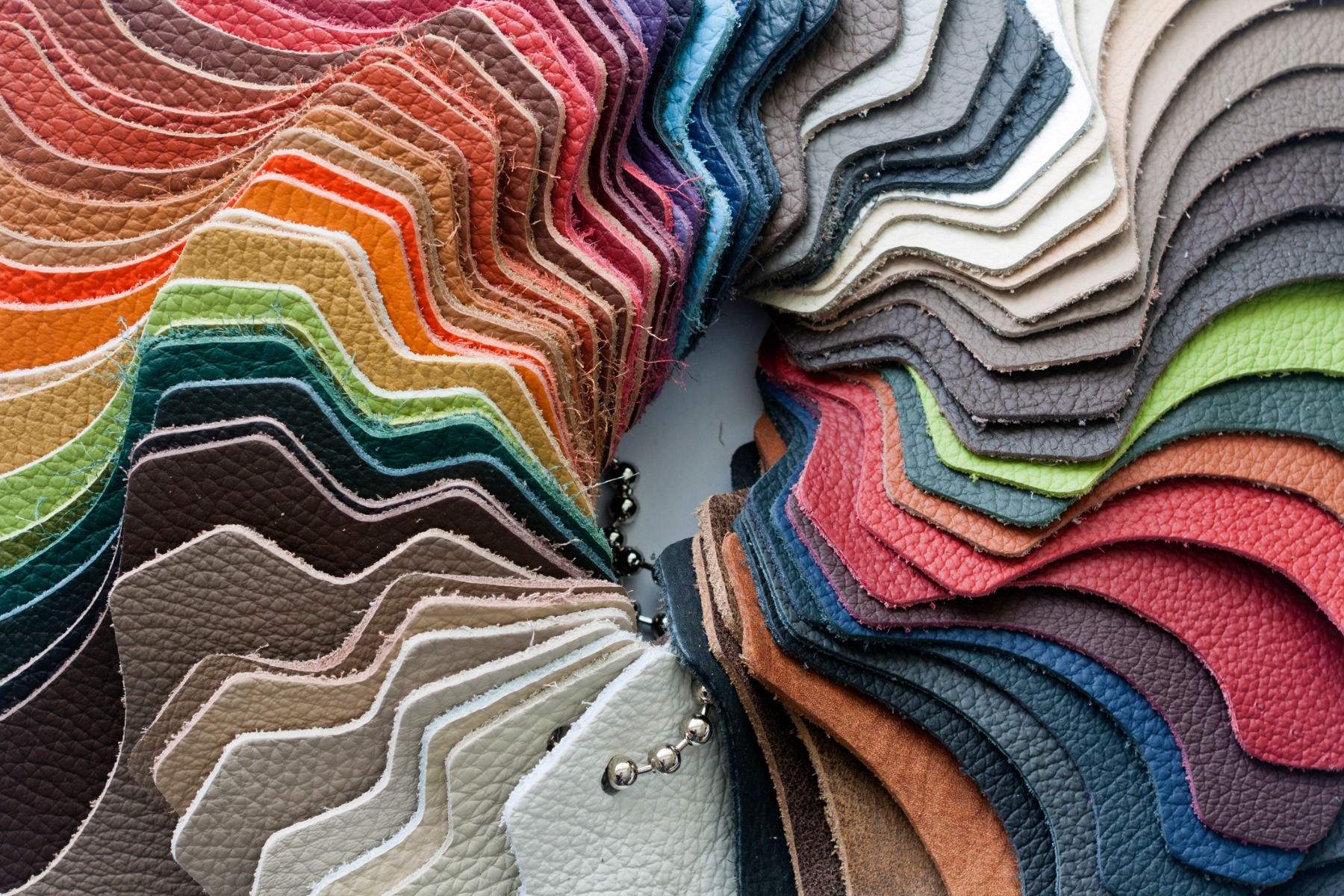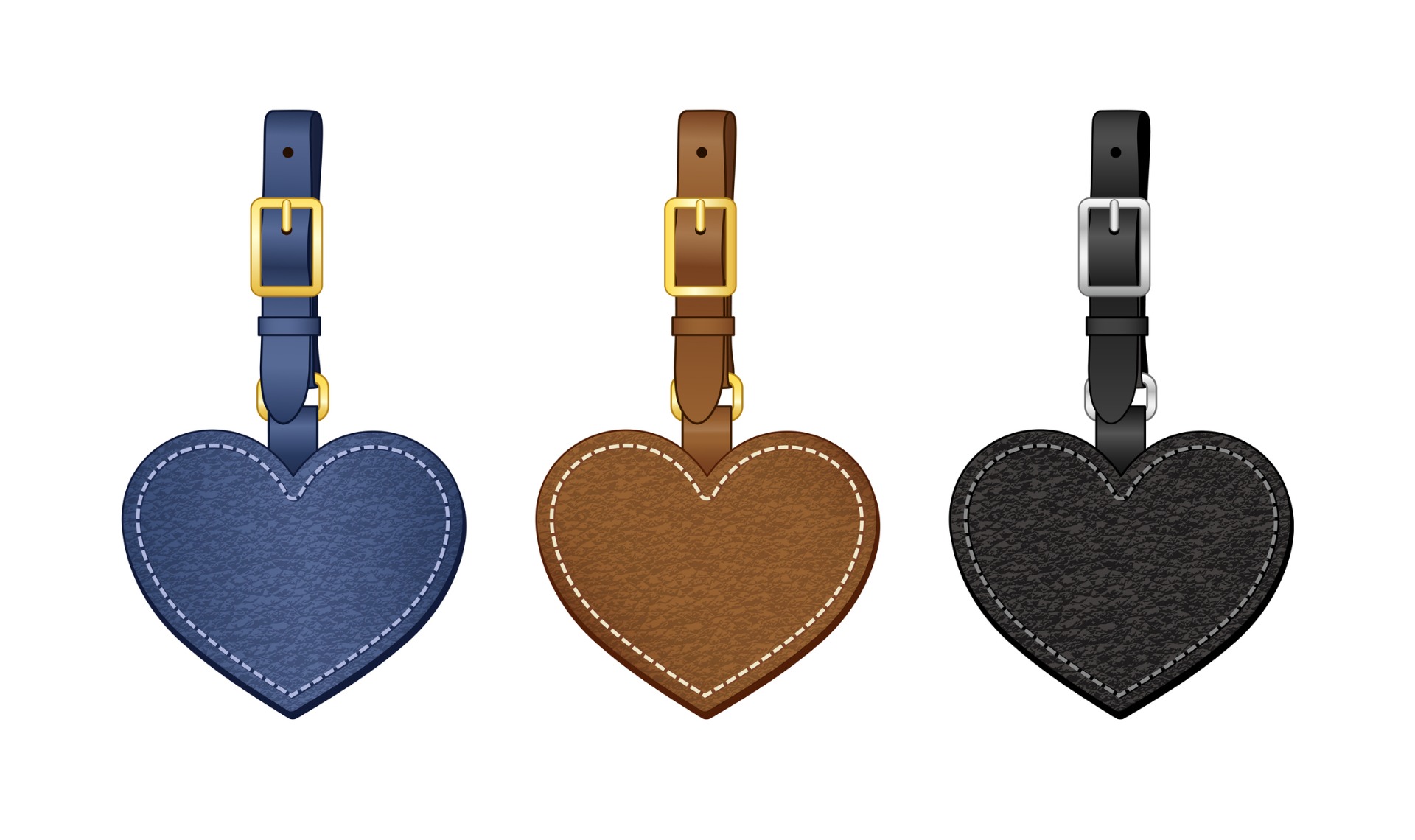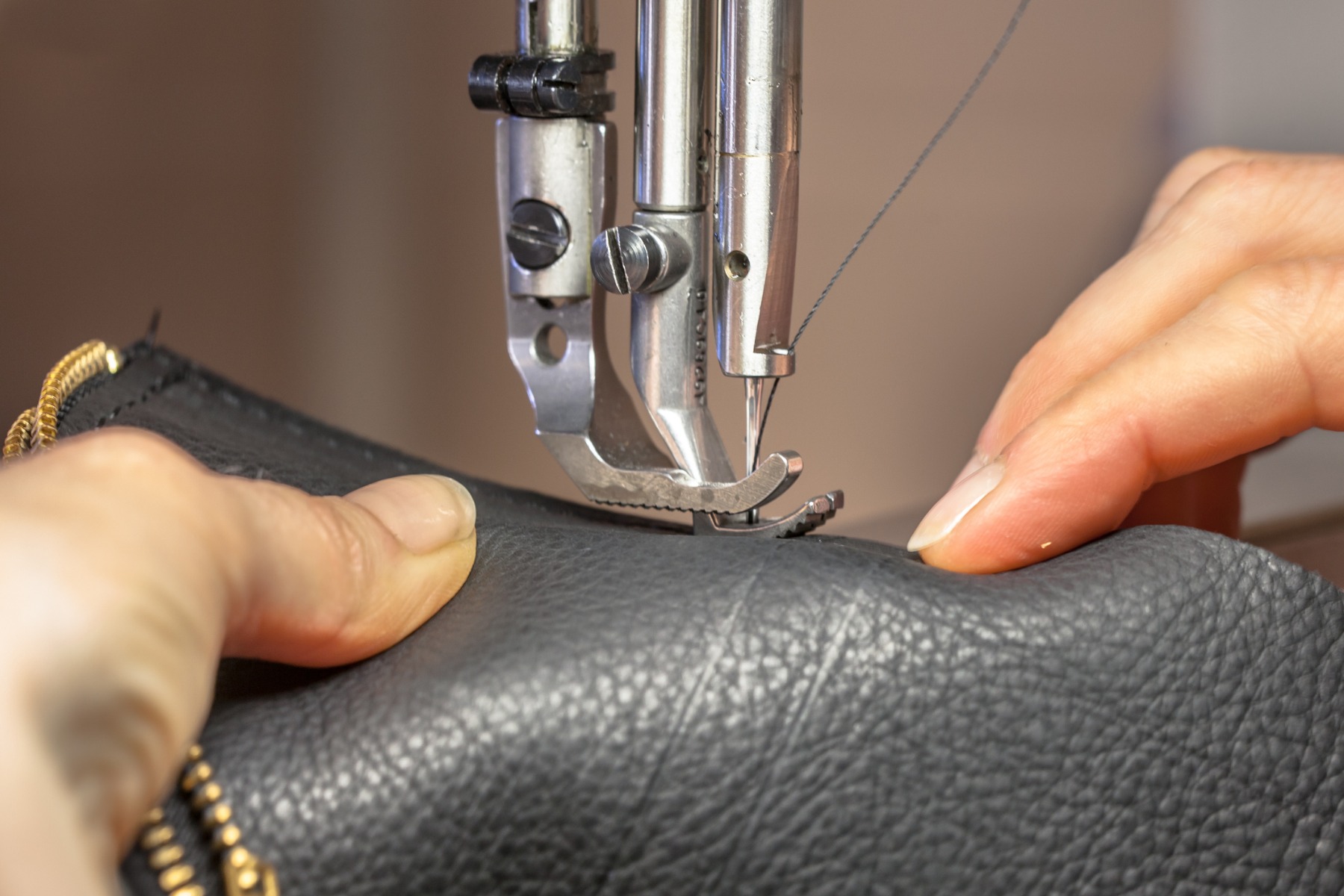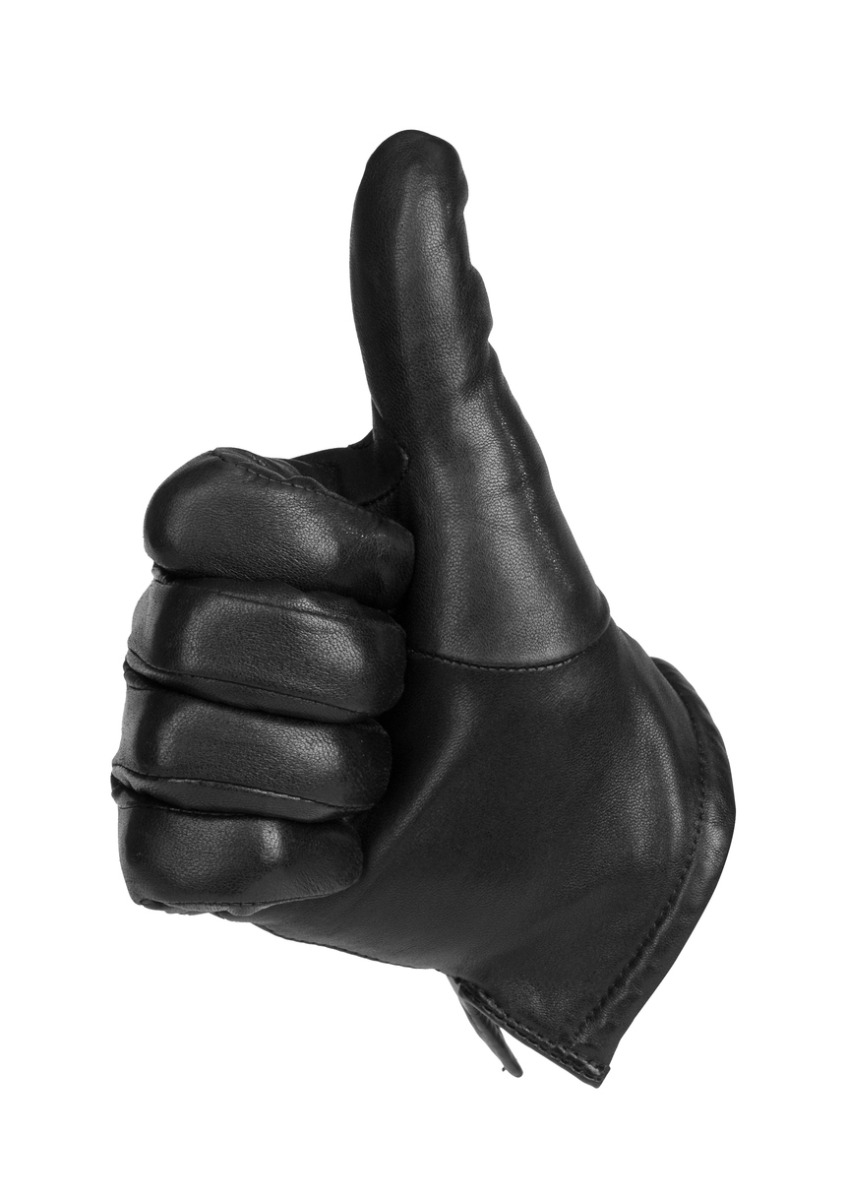Understanding Fabric: Leather
Compared to many fabrics, such as cotton and polyester, leather is quite an expensive product. As such, you might be unlikely to be using leather in your business unless you’re a specialist in this material or looking to elevate the status of your products. An embossed logo crafted in leather, for example, may raise the value of your new line of bags. Alternatively, picture a line of baseball caps decked out in trendy leather visors.
If you’re looking to add leather products to your line, then there’s a lot that you’ll need to understand before you start sewing with it. In this article, we can help you to understand how leather works with industrial embroidery machinery, how to spot good quality leather and some extra tips that will help you along the way.
Finding High-Quality Leather
If you’re making high-quality products, then you will want your customers to be sure that you’ve used high-quality materials too. You’ll be able to gain more trust from your buyers if you can teach them how to identify good leather too as they’ll be able to test your product.
You can identify fake leather from the grains and pores on the piece; if it’s a repeat pattern, then it’s very unlikely to be real. Good leather will have some irregularities. Fake leather will also smell like plastic.
If you have a batch of leather, you can cut a small square off and test it by burning it. Holding a flame below leather for a few seconds will result in some charring, but if it’s fake leather, it will set on fire and smell of burnt plastic.
Once you’ve determined how to avoid plastic fakes, you’ll need to understand that there are different grades of real leather used to describe the different qualities. Here they are from best to worst:
- Full Grain Leather
- Top Grain Leather
- Genuine Leather
- Bonded Leather

Full grain leather is the top layer of skin, it has a lot of durability and uniqueness, but its tough nature makes it very difficult to work with in an industrial sewing environment. Some manufacturers try to fool buyers by advertising a product as made with full grain leather when only part of the product uses full grain.
Most luxury products use top grain leather instead of full grain because it is easier to work with and cheaper, although it is less unique than full grain leather.
Genuine leather is still good quality leather, though less durable than full or top grain. It is much better than bonded leather, however, which is constructed from shavings and glue. This low-quality leather is best used on items which don’t suffer from high amounts of contact – for example, bonded leather will quickly wear away on elbow patches or gloves, but it will do just fine for a cap visor or book covers.
Leather may also refer to cowhide, lambskin or suede, and there are many more varieties so do your research before jumping into leatherwork.

Sewing and Embroidery with Leather
As with all materials, it is extremely important to ensure that you have the right tension for your machine before engaging with leather products.
Your standard industrial sewing machine may not be equipped to handle the durability and strength of leather. If you fail to use the appropriate machine with the right needles and settings, then you will soon find yourself with a handful of broken needles.
While it is certainly possible to adjust an industrial sewing machine to work with leather, it is more recommended that you purchase a machine that is made for dealing with heavy duty materials rather than risking the health of your other machines by pushing them too hard. You’ll need to be sure that your machine uses a walking foot and can run very slowly for areas of detail, such as corners.
If you are embroidering onto leather, you should use a medium-weight cutaway stabiliser. You can use a temporary spray adhesive to ensure that the stabiliser doesn’t slip, but this isn’t necessary. On the other hand, you might not want to take chances if you’re working with full grain leather products.
It is recommended that you hoop the leather that you are embroidering, but remember that real leather is constructed from skin, and is therefore prone to damage under pressure. Hooping leather without care may lead to scuffs and scratches, so you may want to insert thin material over the areas that will be hooped to lessen the pressure and reduce the risk of incurring damage to your materials.
Because leather is tough you should embroider at slower speeds than you would with lighter products. This is to reduce the friction between the needle and the leather, which will reduce the possibility that your leather will be damaged in the embroidery process.
Accessories
If you’re going to be creating products like wallets where the detail of the stitching is very important, then you’ll need to think about getting a speed reducer for your machine. If your machine doesn’t come with a walking foot, then you will need to have one installed. You also need to be wary of using big needles with leather as they simply pierce big and untidy holes into your material. We recommend experimenting with it yourself a little, but we’re sure that you’ll find the quality of your leather products to be much more visually pleasing when you use thinner needles and threads.

Leather is very difficult to work with and it is a much slower process than other materials (unless you’re prepared to risk damaging your products by pushing your machines to work at higher speeds). Understanding how to work leather in an industrial environment may enable you to discover new markets and possibilities for your product lines, so don’t shy away from experimenting with new materials – you never know when a spot in the market will open and your skills will become extremely profitable.


